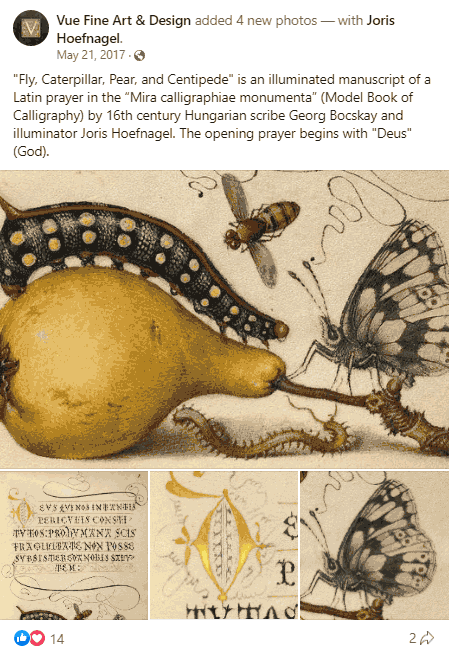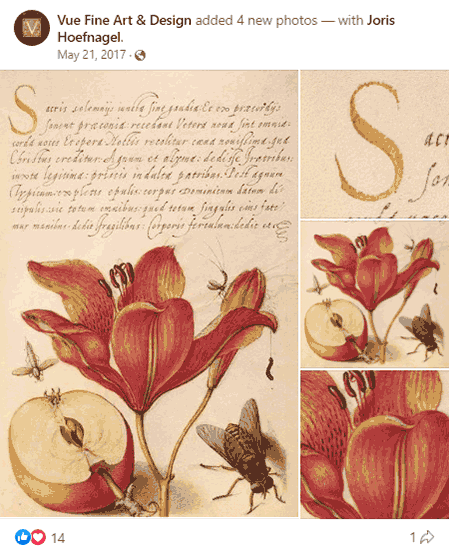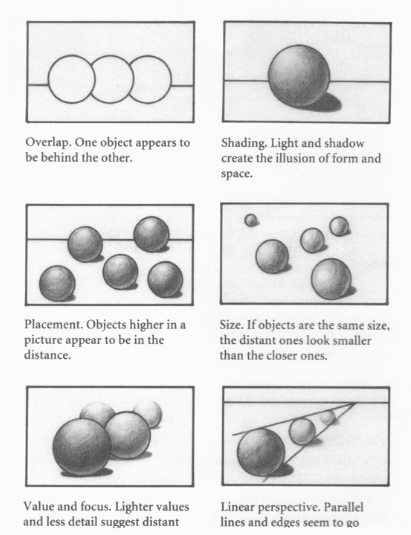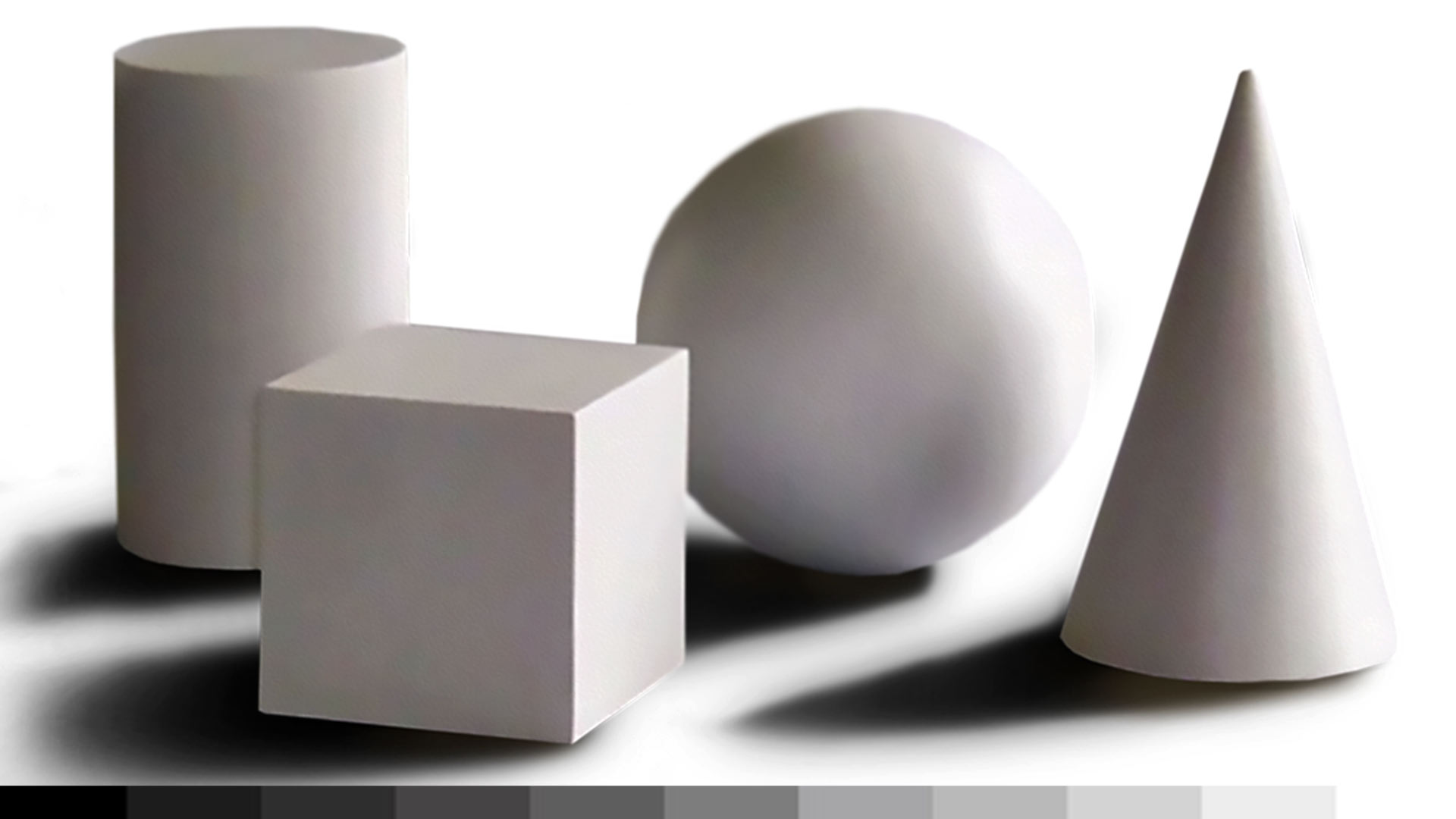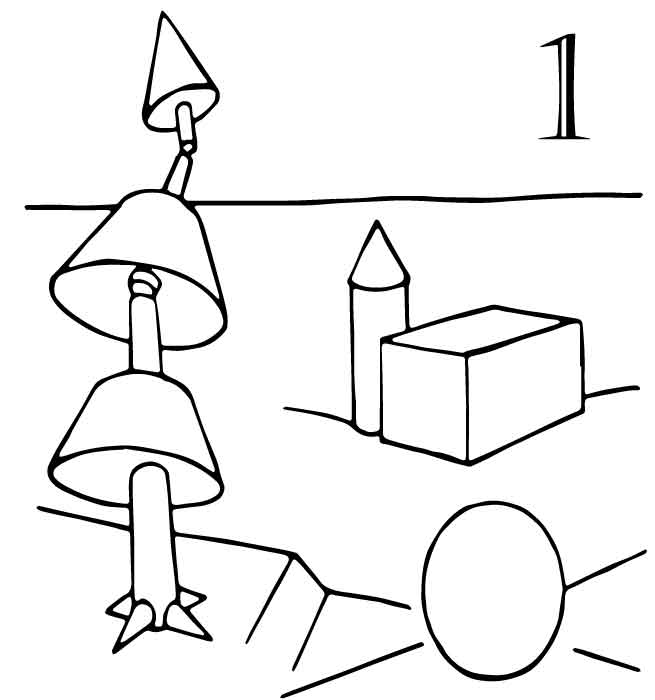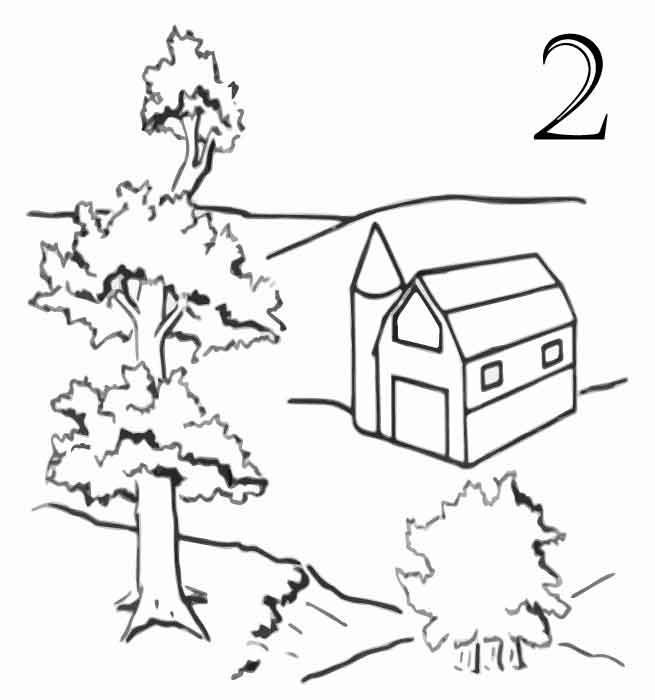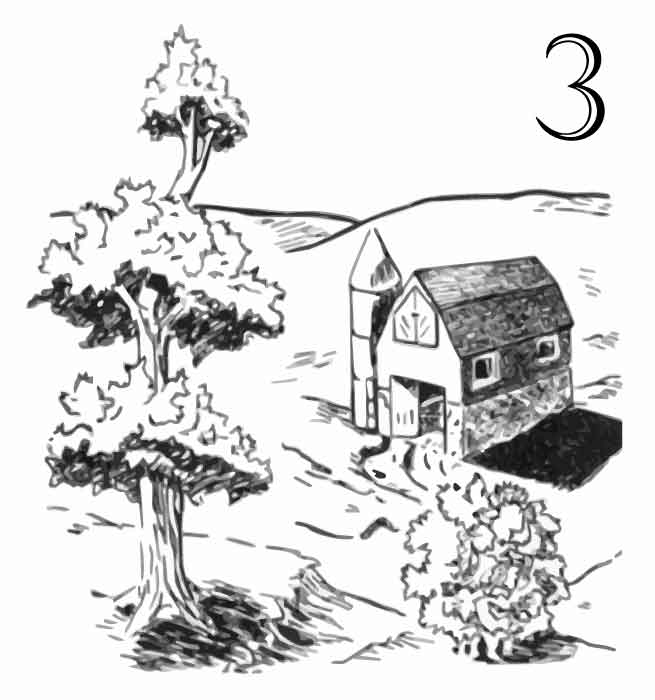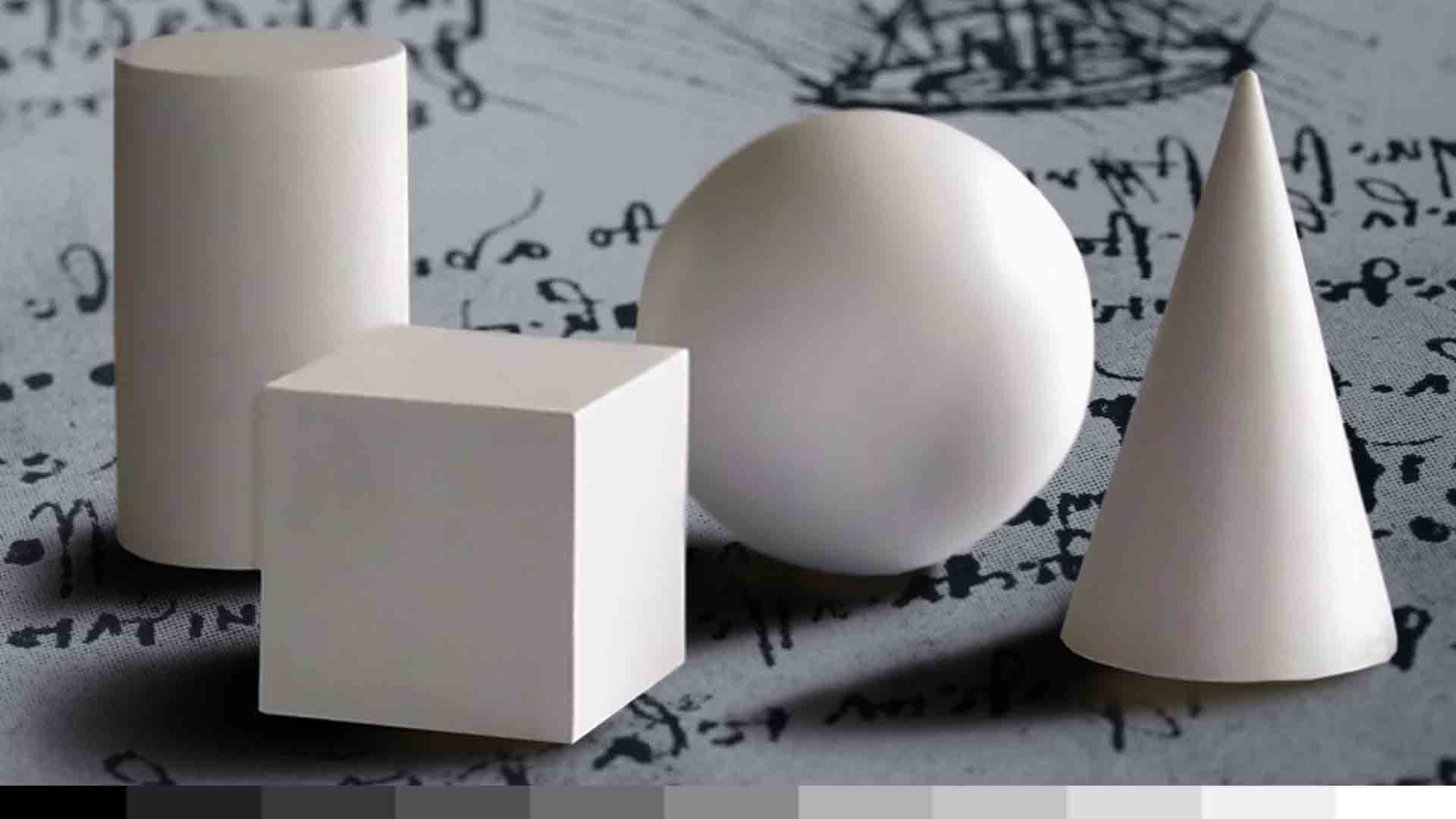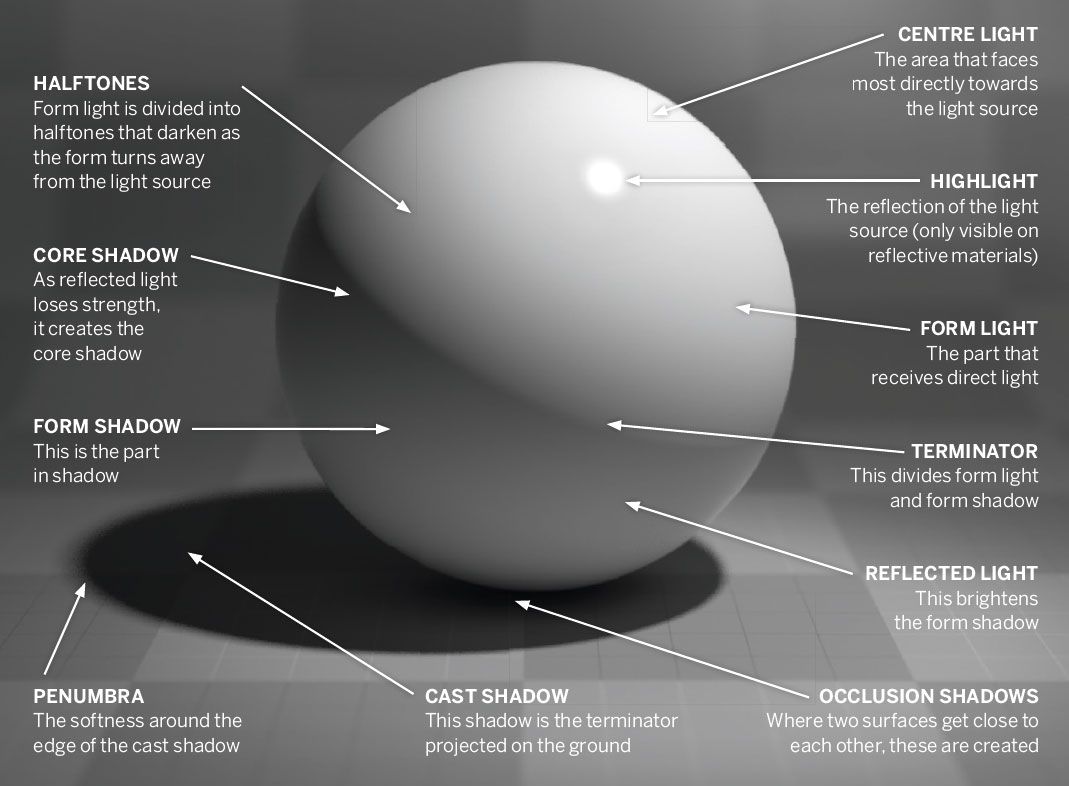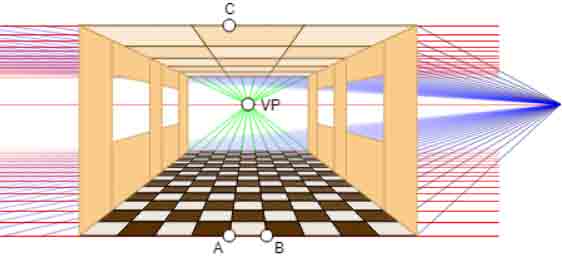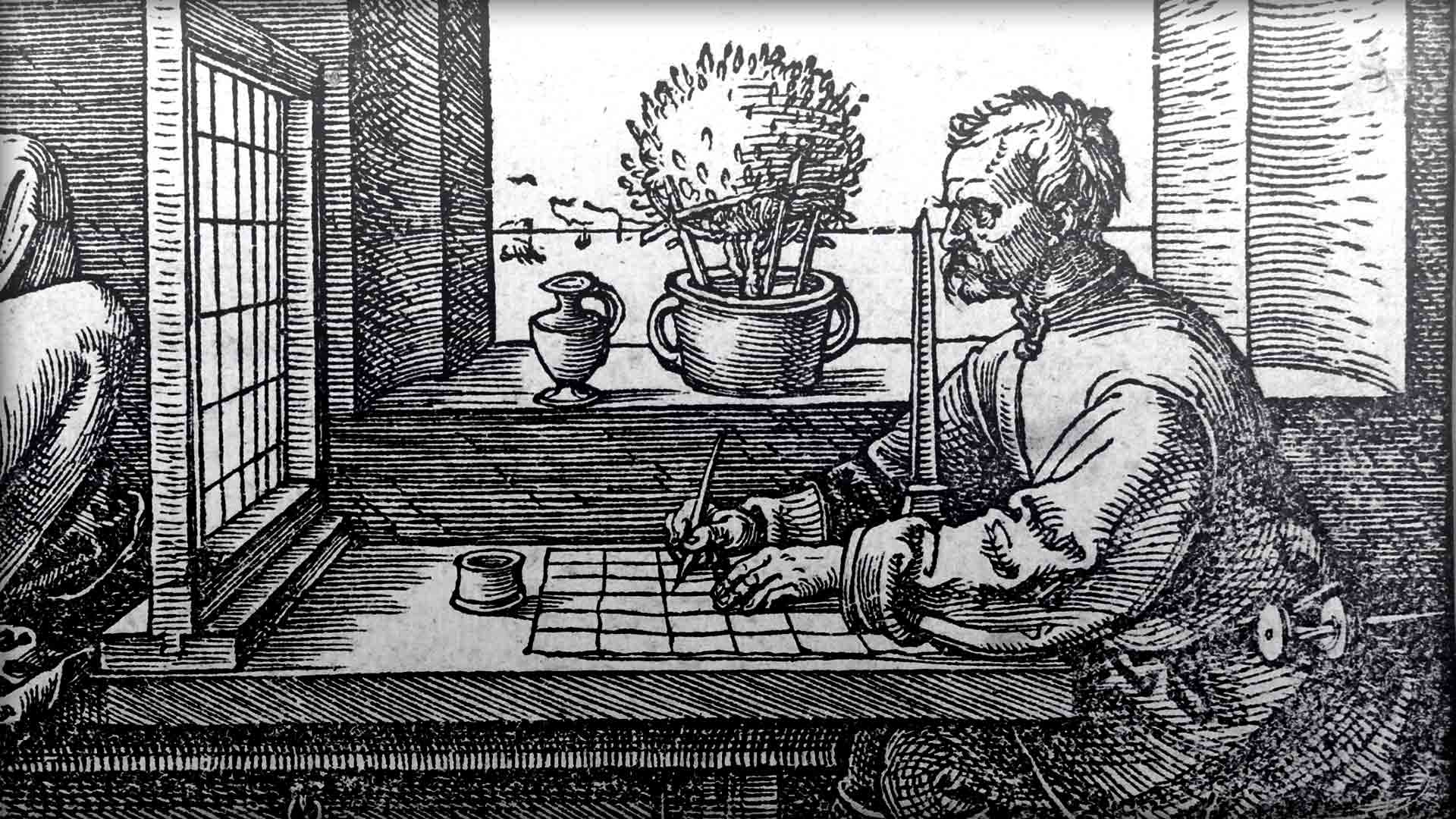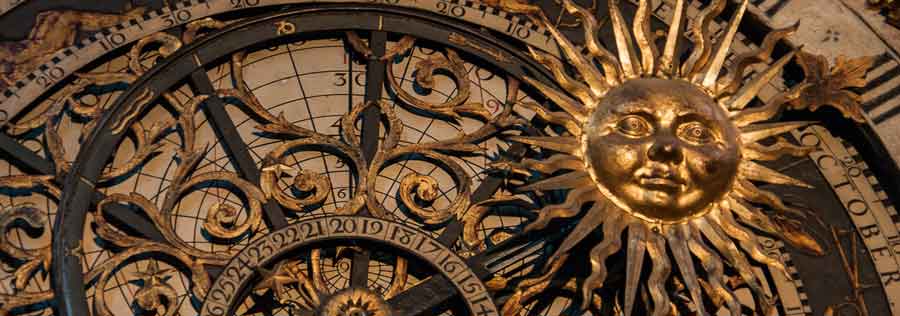See highlights and high-quality resources for advanced investigations.
Form (an element of visual art and design)
is described as the way an artist arranges
elements in the entirety of a composition (i.e.
oogle Arts & Culture) and/or
it may also be described as any three-dimensional object...
measured from top to bottom (height),
side to side (width), and from back to front (depth).
Form is also defined by light and dark...—

Cover Video: Form: 7 Elements of Art (~12m) —Lillian Gray
